Stay Up to Date
Submit your email address to receive the latest industry and Aerospace America news.
1925
May 1 — Chicago-based National Air Transport is established, led by financiers Clement Keys, Howard Coffin and a host of other Wall Street and Chicago investors. The airline wins the U.S. Post Office contract to carry mail between New York and Chicago along Contract Air Mail Route 17. In time, the airline is absorbed into what will become United Airlines. R.E.G. Davies, Airlines of the United States Since 1914, pp. 51-52.
May 1 — U.S. aeronaut Ward Van Orman takes first place in the National Balloon Race, earning the Litchfield Trophy. Van Orman guides his Goodyear II balloon from St. Joseph, Missouri, to a safe landing 585 miles (940 kilometers) away in Pickens, Alabama. Aircraft Year Book, 1926, p. 118.
May 1 — The Imperial Japanese Army Air Corps is established. It comprises 3,700 personnel and about 500 aircraft. René Francillon, Japanese Aircraft of the Pacific War, p. 30.
May 1-2 — U.S. Navy Lts. C.H. Schildhauer and J.R. Kyle set a world endurance record. They fly their Naval Aircraft Factory PN-9 biplane flying boat over Philadelphia for 28 hours, 35 minutes, 27 seconds. The aircraft is fitted with two Packard V-12 water-cooled engines. Aircraft Year Book, 1926, p. 118.
May 2 The first Douglas C-1 makes its inaugural flight. It’s the first assigned to the U.S. Army’s new category of cargo/transport aircraft, designated with a “C” in the name. René Francillon, McDonnell Douglas Aircraft Since 1920, p. 96.
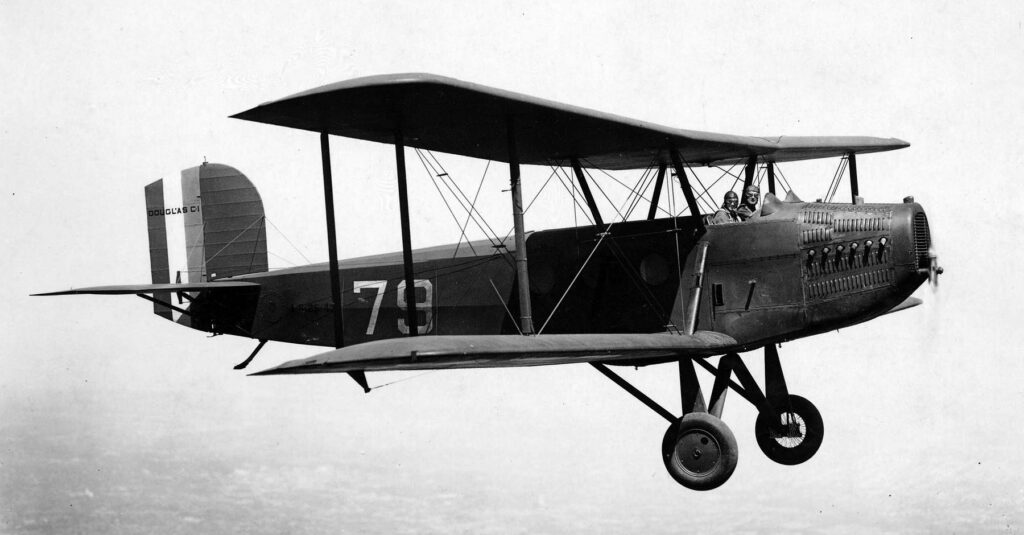
May 3 — Clément Ader, called the “Father of Aviation” by the French, dies at 83 in Muret. He drew large inspiration from birds for his series of flying machines. He claimed to have flown “about 50 meters” in a fixed-wing steam-powered machine that resembled a bat in 1890 and later said he flew 300 meters in another machine. Despite Ader’s assertions, the official reports submitted by military observers only credit him with conducting a number of “hops.” Flight, May 7, 1925, p. 272; C. H. Gibbs-Smith, Aviation, pp. 59-61.

1950
May 3 — U.S. Navy guided missile engineers launch a Loon cruise missile from the submarine USS Cusk (SS 348). During the missile’s flight, the submarine submerges, tracks and controls the flight for a range of 105 miles (170 kilometers). U.S. Naval Aviation, 1910-1970, p. 182.
May 4 — The experimental Northrop YRB-49A flying wing reconnaissance bomber completes its inaugural flight, piloted by Northrop’s Fred Bretcher from Hawthorne, California, to Edwards Air Force Base. The latest in a series of flying wing designs, this aircraft is a variant of the experimental YB-49 that first flew in 1948. Aircraft Year Book, 1951, p. 345.
May 10 — U.S. President Harry Truman signs the National Science Foundation Act of 1950, establishing an independent agency to “promote the progress of science” by funding research at U.S. colleges and universities. NASA, Aeronautics and Astronautics, 1915-1960, p. 64.
May 12 — U.S. Air Force Capt. Chuck Yeager pilots the final flight of the first Bell X-1 rocket plane, the same aircraft in which he conducted his record-setting 1947 supersonic flight. This last flight is for the upcoming Howard Hughes movie, “Jet Pilot” in which X-1 will star as a defecting Soviet Mig fighter. One of three aircraft built, this X-1 is currently on display in the Smithsonian’s National Air and Space Museum. Dom Pisano, F. Robert van der Linden and Frank Winter, Chuck Yeager and the Bell X-1, p. 110.
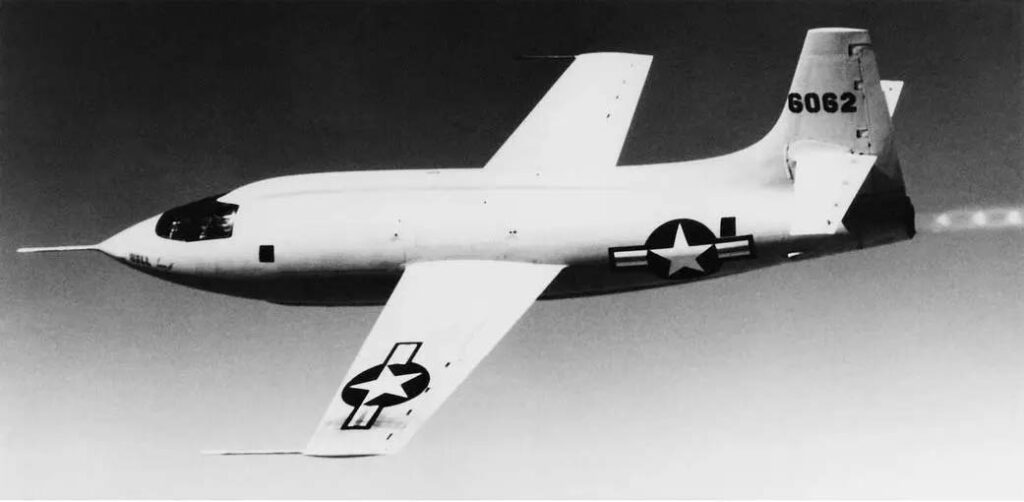
May 19 — The U.S. Army launches its Hermes A-1 test vehicle, powered by a liquid oxygen and alcohol engine, from White Sands Proving Ground in New Mexico. Modeled after the German Wasserfall surface-to-air missile, the Hermes surface-to-surface missiles were designed to reach an altitude of 25 kilometers, a range of 60 kilometers and a speed of nearly 3,000 kph. NASA, Aeronautics and Astronautics, 1915-1960, p. 64.
May 26 — The experimental Douglas XA2D-1 Sky¬shark completes its first flight. With its two Allison T-40 engines driving contrarotating propellers, this turboprop-¬driven attack aircraft can reach up to 800 kph. Difficulties with its engine and transmission keep the Skyshark from entering service with the U.S. Navy, which intended it as a replacement for the venerable piston-engine Douglas AD Skyraider. That design goes on to have a distinguished career, flying well into the 1970s. Aircraft Year Book, 1951, p. 346.

1975
May 1 — Officials from NASA and the Republic of Indonesia sign an agreement for the launch of Indonesia’s first communications satellite, scheduled for July 1976 aboard a NASA Thor-Delta rocket. The satellite is to be positioned in a geosynchronous equatorial orbit above Indonesia to relay signals transmitted to 40 ground receiving stations. This marks the inception of Indonesia’s national communications network. NASA Release 75-134.
May 2 — The National Aeronautic Association awards the prestigious Robert J. Collier Trophy to John F. Clark, director of NASA’s Goddard Space Flight Center, and Daniel J. Fink of the General Electric Corp.’s Space Division. The two men accepted the trophy on behalf of the NASA and industry teams for the Landsat program, formerly known as ERTS, Earth Resources Technology Satellite. Launched in 1972, the first Landsat satellite captures some 100,000 images in two years, demonstrating “the value of U.S. space technology in the management of the Earth’s resources and environment for the benefit of all mankind,” NAA says in the award citation. NASA Activities, April 1975.
May 6 — NASA announces that Canada will develop and fund a $30 million Remote Manipulator System — also known as Canadarm — with which astronauts aboard space shuttle orbiters will deploy and retrieve payloads in space. The first Canadarm is tested in 1981 aboard the space shuttle Columbia. NASA Release 75-135.
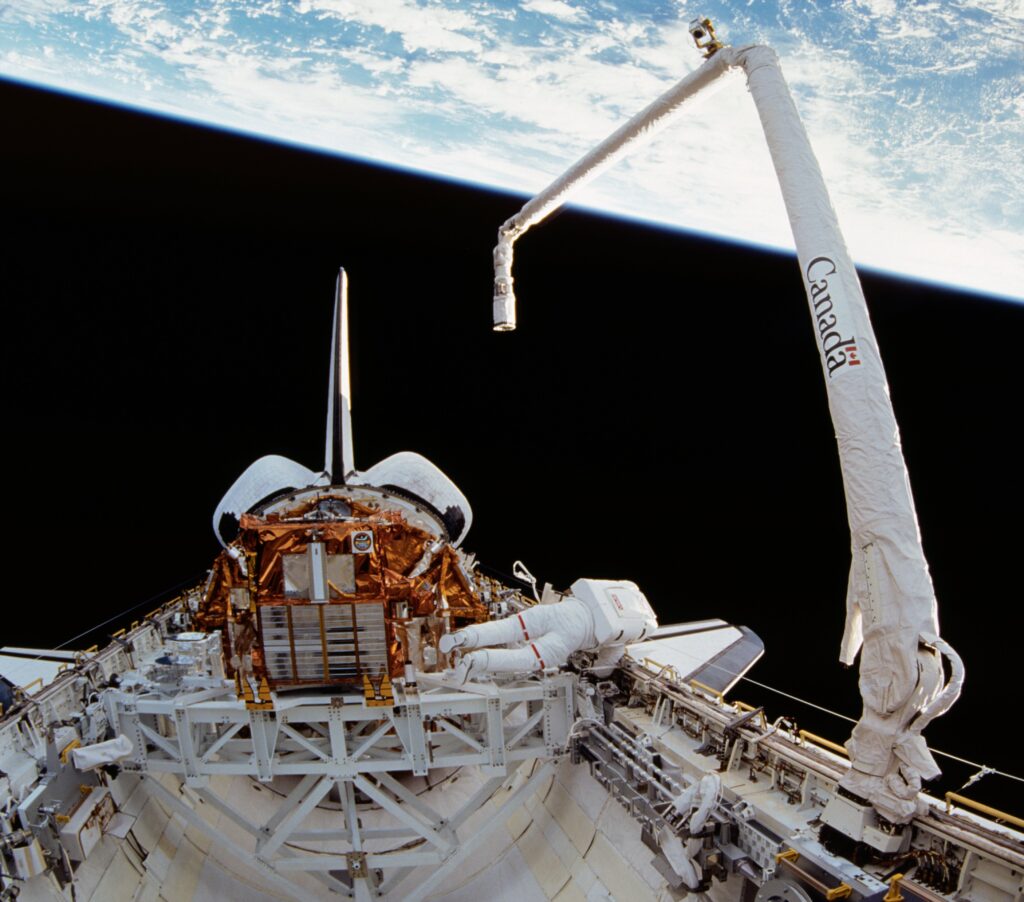
May 7 — Canada’s Anik 3, a domestic communications satellite, is launched aboard a NASA Delta III launch vehicle. “Anik” translates to “brother” in the language of the Inuit people who have traditionally inhabited the Arctic and subarctic regions of North America. Powered by 23,000 solar cells, Anik 3 is capable of transmitting up to 10 color television signals, 9,600 telephone circuits, or a mix of analog and digital data. NASA Releases 75-113 and 75-131.
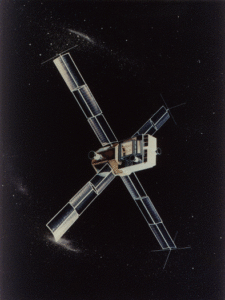
May 7 — A Scout rocket carrying NASA’s Explorer 53 lifts off from the San Marco launch platform in the Indian Ocean, just off the coast of Kenya. Also known as the Small Astronomy Satellite-C, or SAS-C, the satellite is to measure X-ray emissions from extragalactic sources and monitor the X-ray intensity of the star Scorpius X-1, the strongest apparent nontransient source of X-rays in the observable sky. NASA Releases 75-101 and 75-121.
May 12 — Soviet Union officials offer Western journalists their first glimpse inside a Soviet space center during a tour of the main flight-control center, located 24 kilometers outside of Moscow. The journalists also visit the suite reserved for nine U.S. technicians who are to participate in the upcoming Apollo-Soyuz Test Project, scheduled for July. Washington Post, May 13, 1975, p. A10.
May 17 — France launches two satellites, Castor and Pollux, aboard a single Diamant BP rocket from Kourou, French Guiana. Castor is equipped with instruments to measure long-term changes in the Earth’s atmosphere over a five-to-six year period. Pollux, meanwhile, carries a micrometer intended for experimental research in satellite propulsion. NASA, Astronautics and Aeronautics, 1975, p. 86.
May 21 — NASA dedicates its Airborne Infrared Observatory — a four-engine Douglas C-141 jet transport outfitted with a 91.5-centimeter infrared telescope — in honor of Gerard P. Kuiper, a leading authority on lunar science who is also the namesake of the Kuiper Belt region of the solar system. Before his death in 1973, Kuiper played active roles in NASA’s Ranger and Surveyor robotic lunar programs, as well as in the Mariner 10 and Pioneer 10 planetary missions. The Kuiper observatory is to conduct planetary research from altitudes of up to 13,500 meters. NASA Release 75-149.
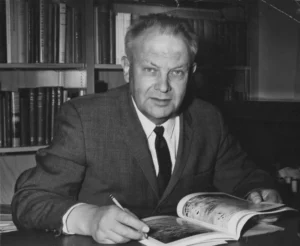
May 22 — NASA launches the Intelsat IV F-1 communications satellite, designed to serve as the primary satellite in geosynchronous orbit over the Indian Ocean. As part of a global network of six active satellites of the International Communications Satellite Corp, it will be able to transmit 3,500 two-way telephone conversations or a dozen TV channels. NASA, Astronautics and Aeronautics, 1975, p. 89.
May 22 — The National Center for Atmospheric Research launches a high-altitude research balloon from Palestine, Texas, carrying a gamma ray detector developed by NASA’s Marshall Space Flight Center of Alabama. The balloon reaches an altitude of 40 kilometers and travels approximately 800 km before touching down near Fort Stockton, Texas, 23 hours later. The purpose of the flight is to evaluate sudden bursts of gamma rays coming from different directions in space. Marshall Space Flight Center Release 75-100.
May 24 — The second and final crewed mission to the Soviet Union’s Salyut 4 space station begins with the launch of cosmonauts Pyotr Klimuk and Vitaly Sevastyanov. They spend 63 days aboard, continuing the biological, medical and other experiments begun by the previous crew aboard the station and taking some 2,000 photographs of Earth and 600 of the sun. Their mission sets a new endurance record for crewed Soviet spaceflight. NASA, Astronautics and Aeronautics, 1975, pp. 91-92, 227, 260. 282.
2000
May 16 — The joint Russian-German endeavor Eurokot launches a rocket from the formerly secret Soviet military base at Plesetsk. The vehicle’s booster is derived from a former Soviet SS-19 Stiletto, a two-stage intercontinental ballistic missile, and it is equipped with a Breeze upper stage to carry payloads into orbit. Flight International, May 23-29, 2000, p. 32.

May 24 — Lockheed launches the first Atlas III rocket. Propelled by two Russian RD-180 engines, the vehicle sent the Eutelsat W4 communications satellite to geosynchronous orbit. This is the 50th consecutive successful flight of an Atlas and the first time a U.S. rocket is flown with a Russian engine. The RD-180 will also be the power plant of the Atlas V Evolved Expendable Launch Vehicle. Lockheed press release, May 24, 2000. Flight International, June 6-12, 2000, p. 31.
May 28 — Orbital Sciences launches the first Minotaur II from Vandenberg Air Force Base in California. The Minotaur II and other variants in this family of suborbital and orbital rockets are derived from Minuteman solid fuel intercontinental missiles. Flight International, June 6-12, 2000, p. 32.
May 28 — NASA controllers send commands to the Compton Gamma Ray Observatory, the initiation of a days-long deorbiting sequence that will culminate with remains of the observatory plummeting into the Pacific Ocean. On May 31, the spacecraft fires its thrusters to lower its orbit, the first of four planned maneuvers to steer Compton into the atmosphere. NASA, Astronautics and Aeronautics: A Chronology, 1996-2000, pp. 266.
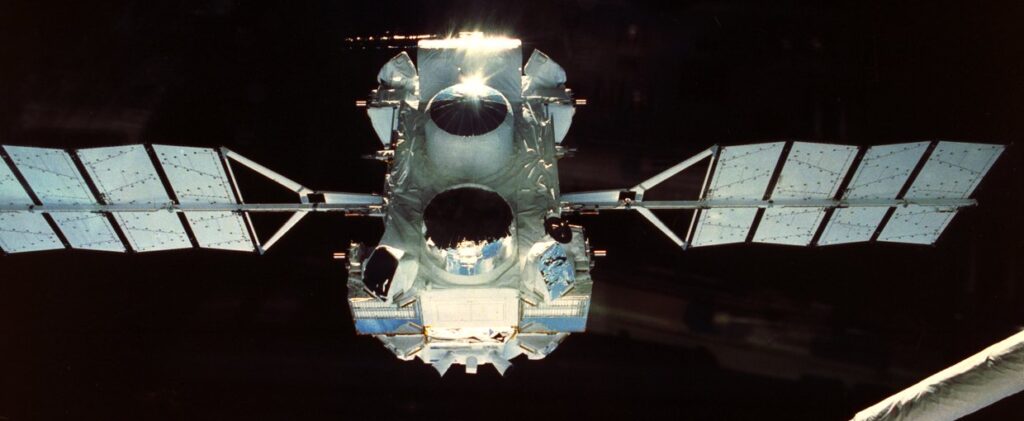
About Frank Winter
Frank H. Winter is the retired curator of rocketry at the Smithsonian’s National Air and Space Museum in Washington, D.C. The author of multiple books, he’s co-authored Aerospace America’ Looking Back column since 1972.
About robert van der linden
Robert van der Linden is a curator in the National Air and Space Museum’s aeronautics department specializing in the history of air transportation. He’s written multiple books, including "Airlines and Air Mail: The Post Office and the Birth of the Commercial Aviation Industry."
Related Posts
Stay Up to Date
Submit your email address to receive the latest industry and Aerospace America news.



